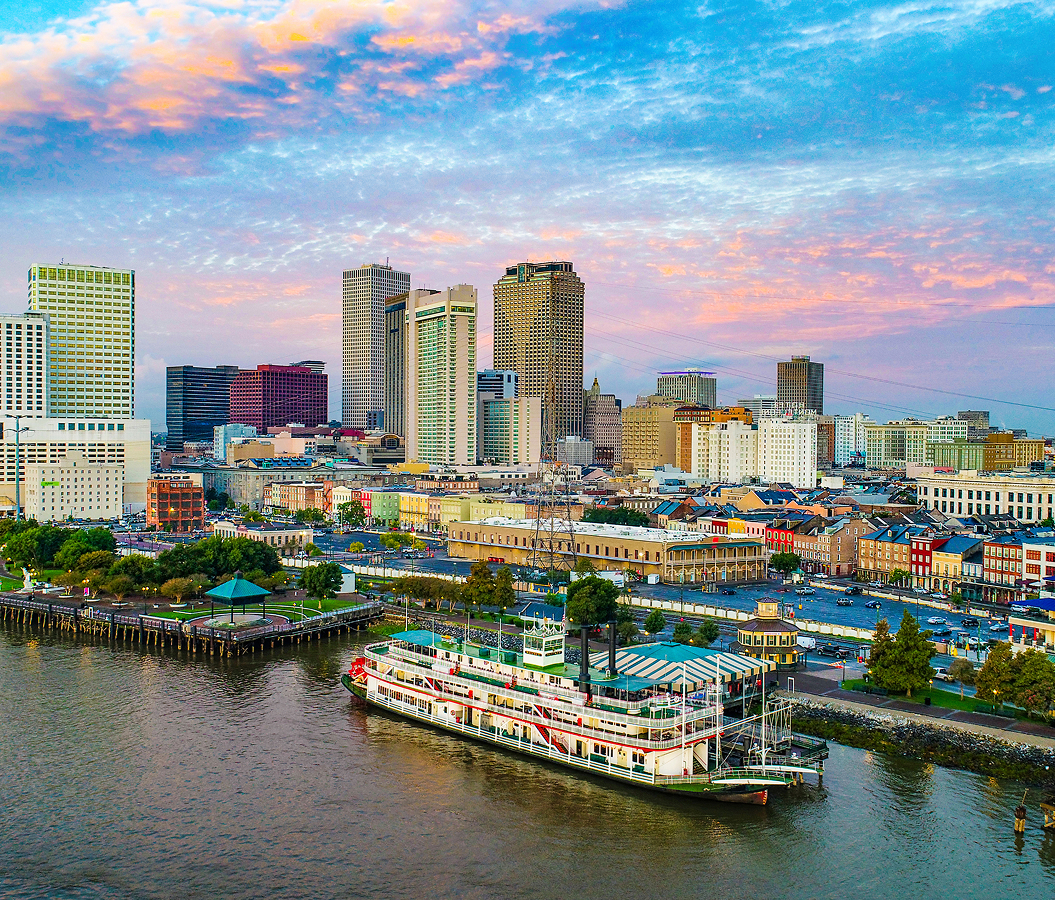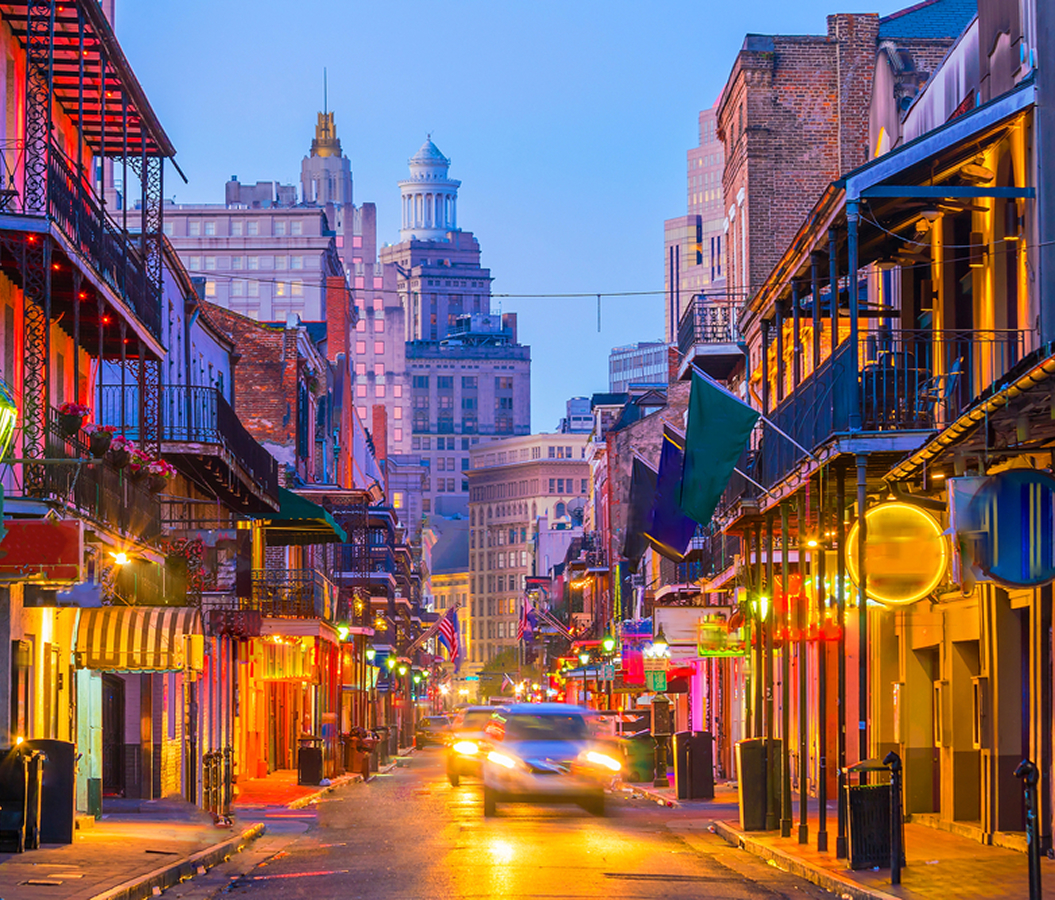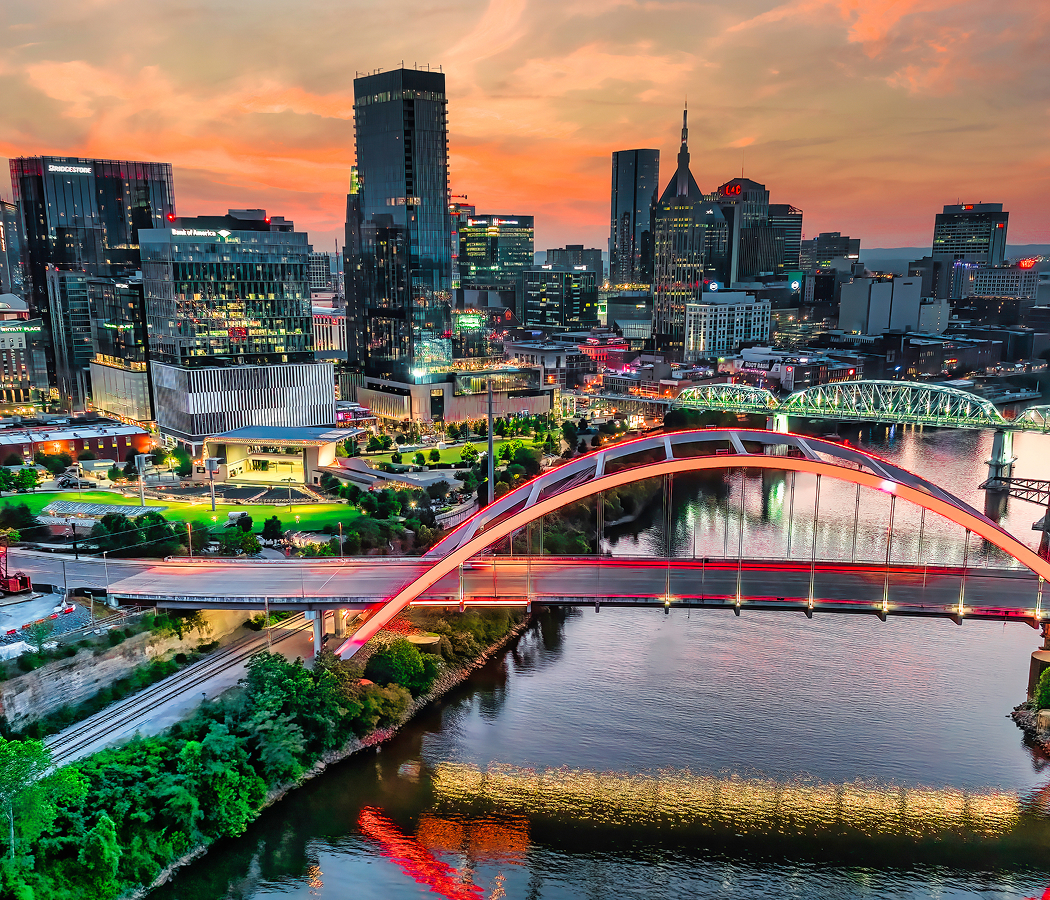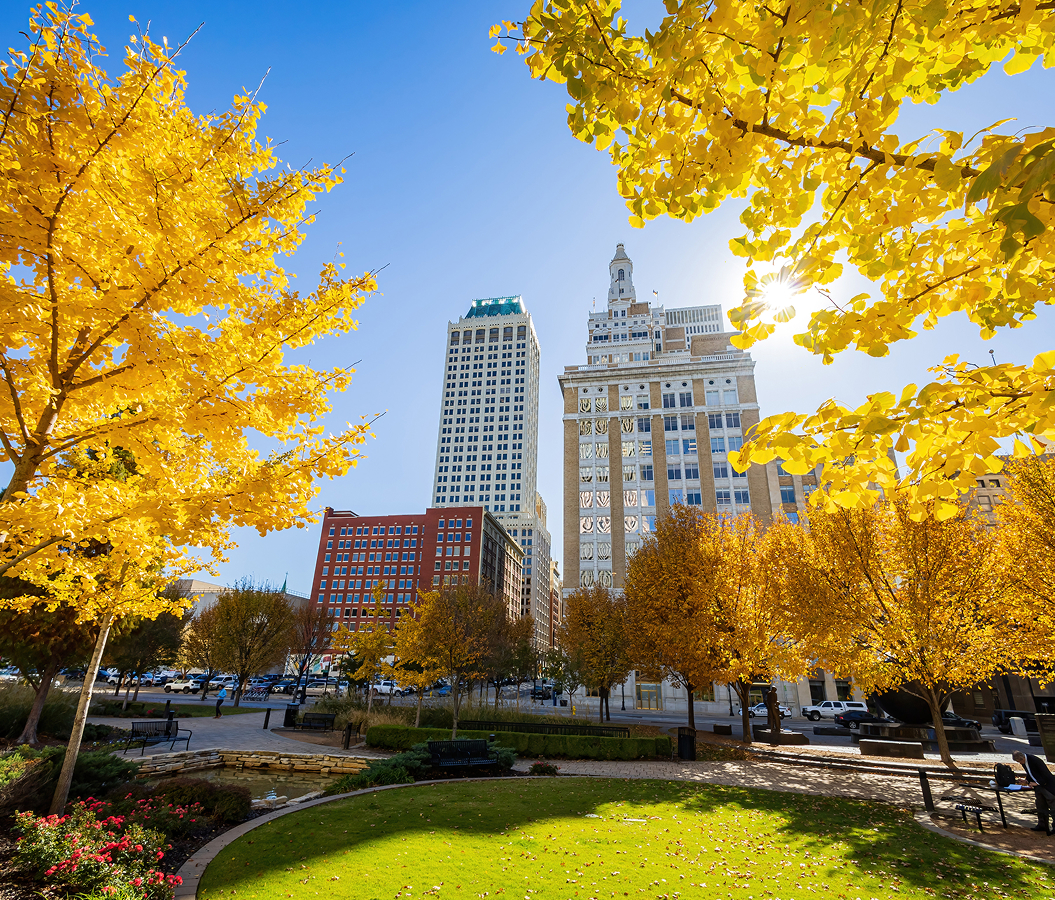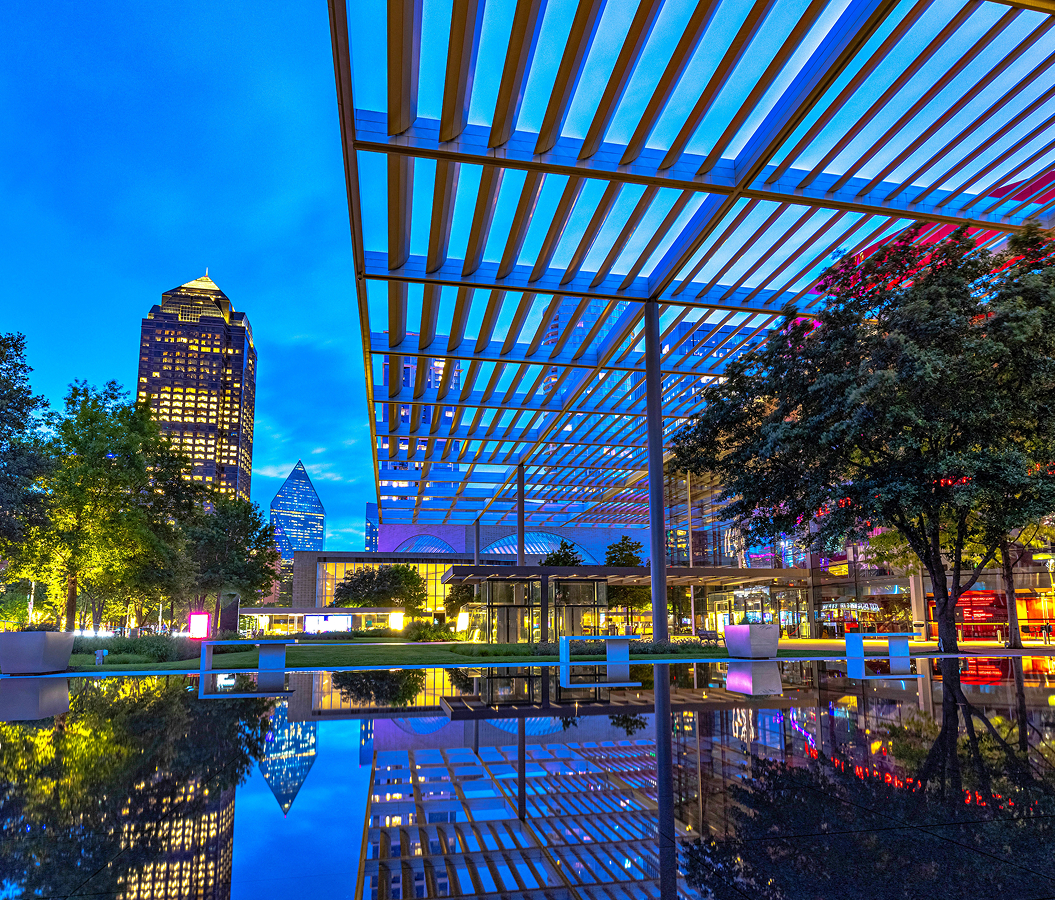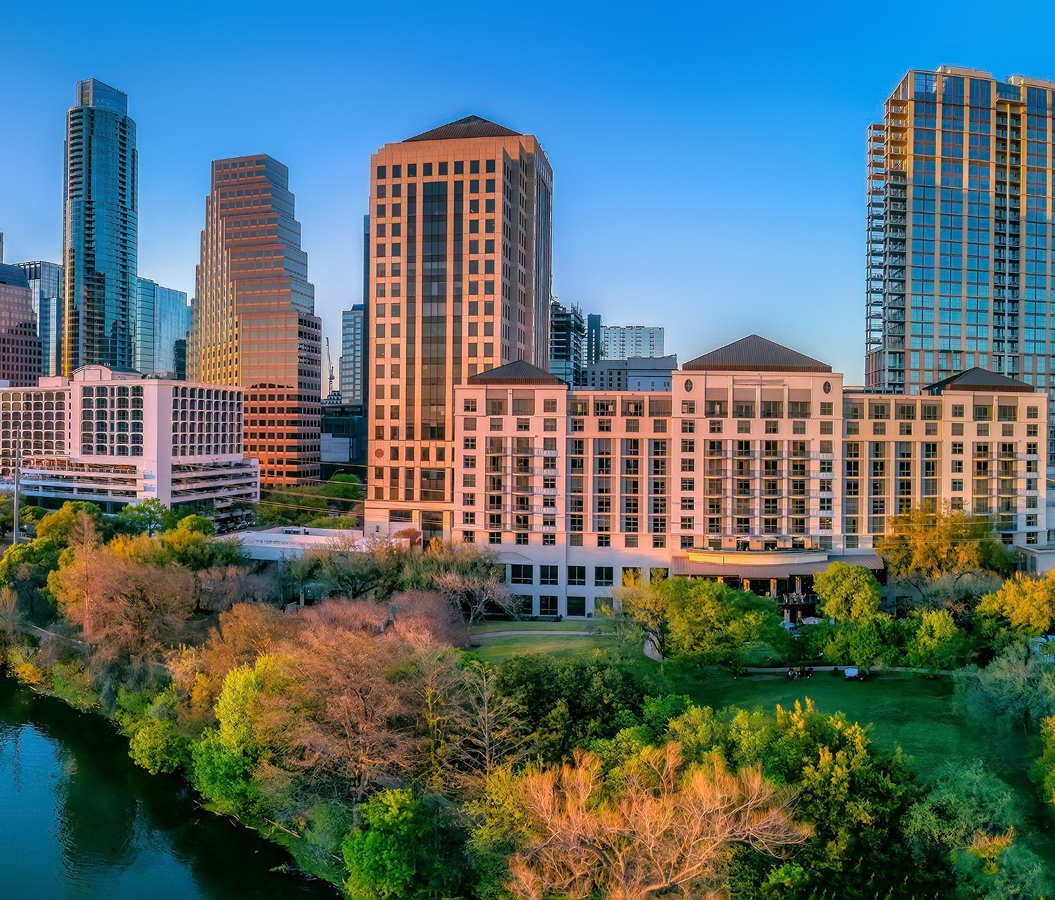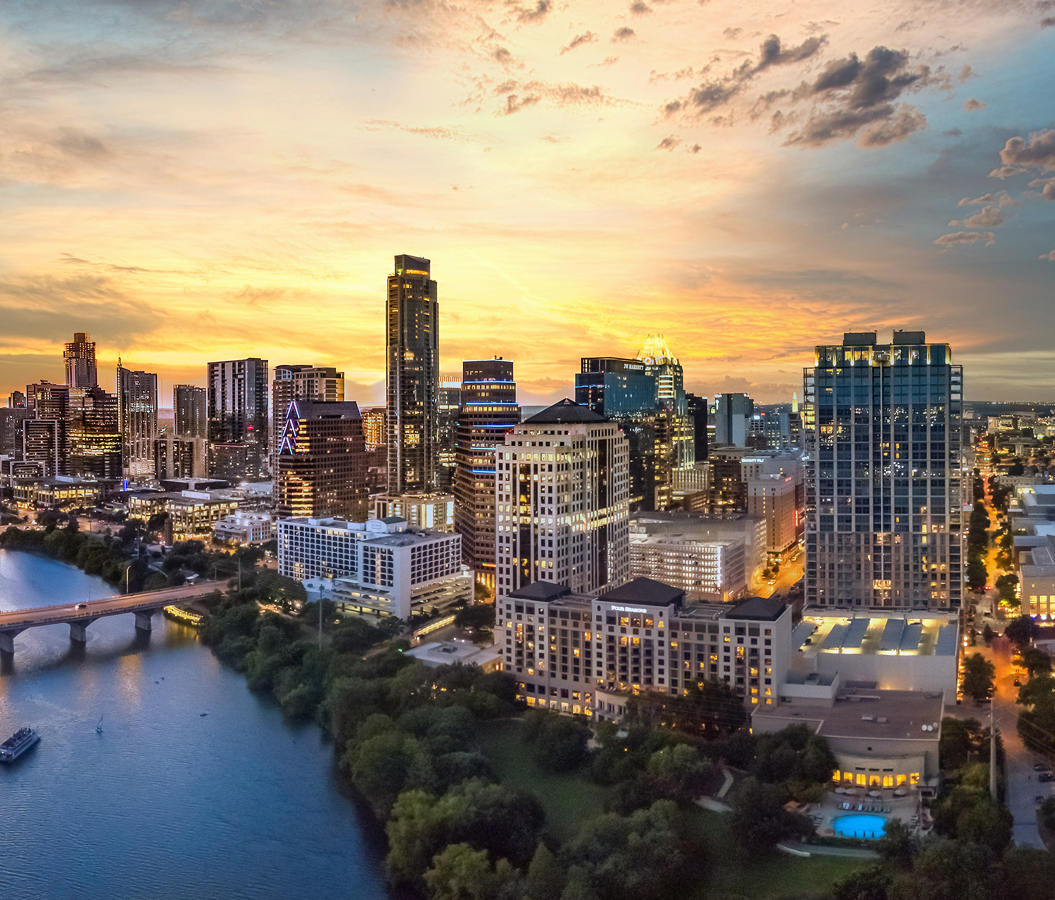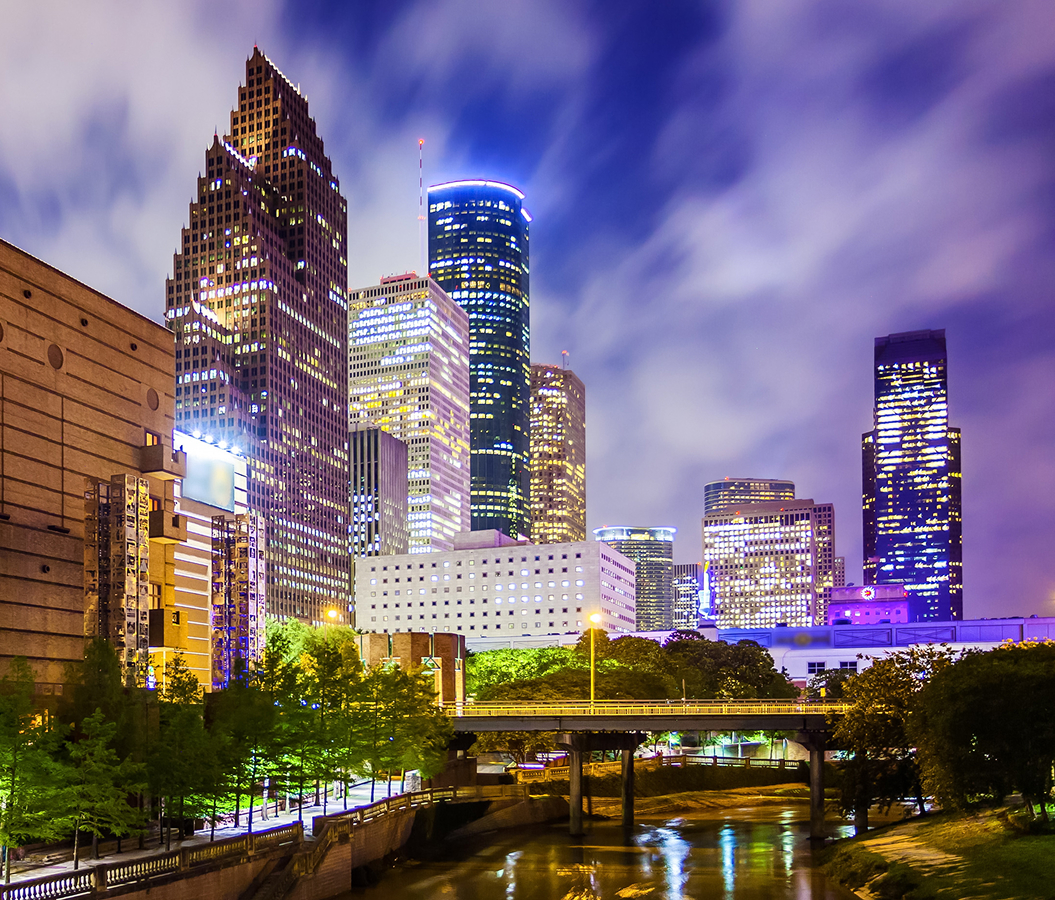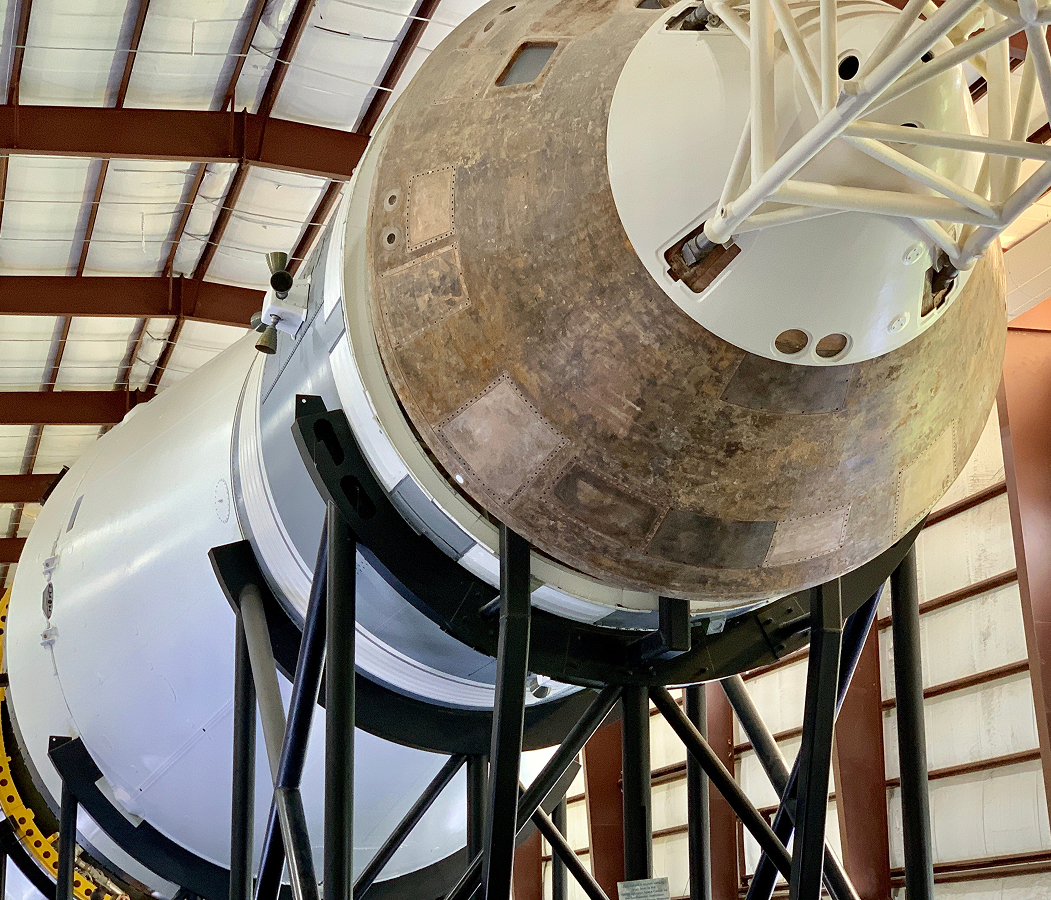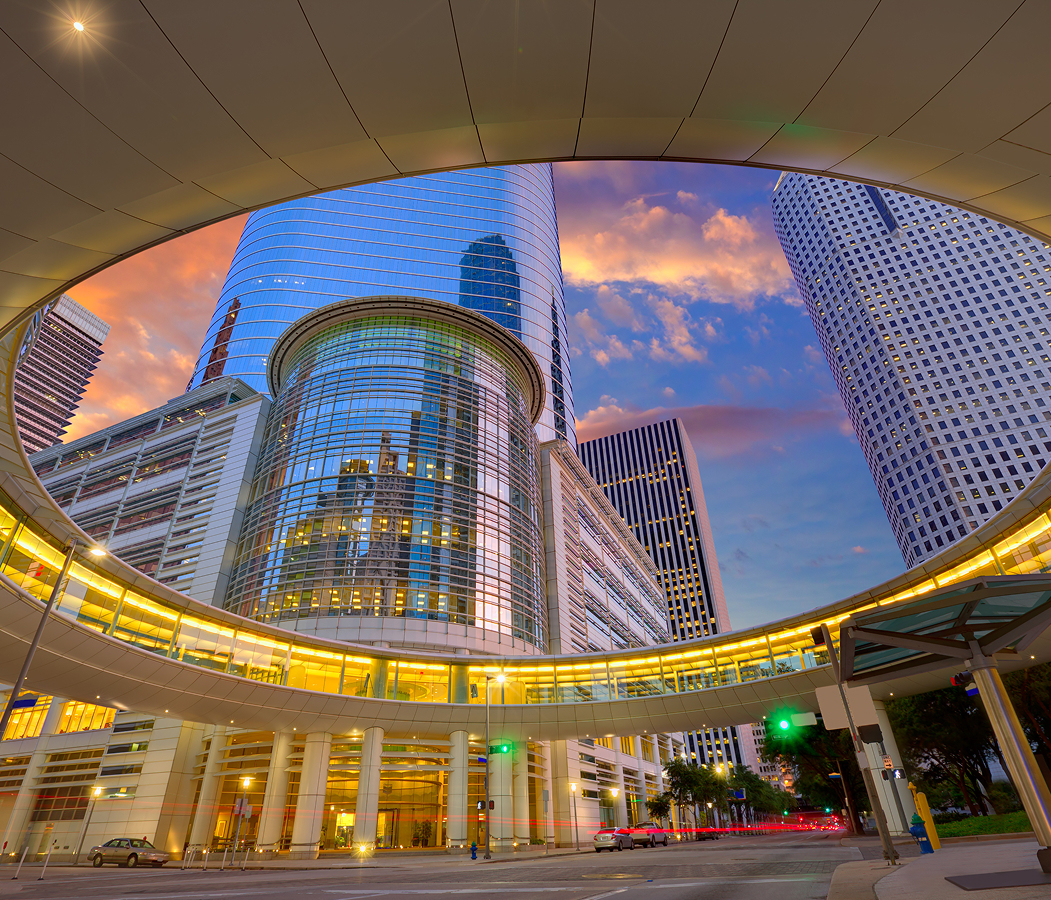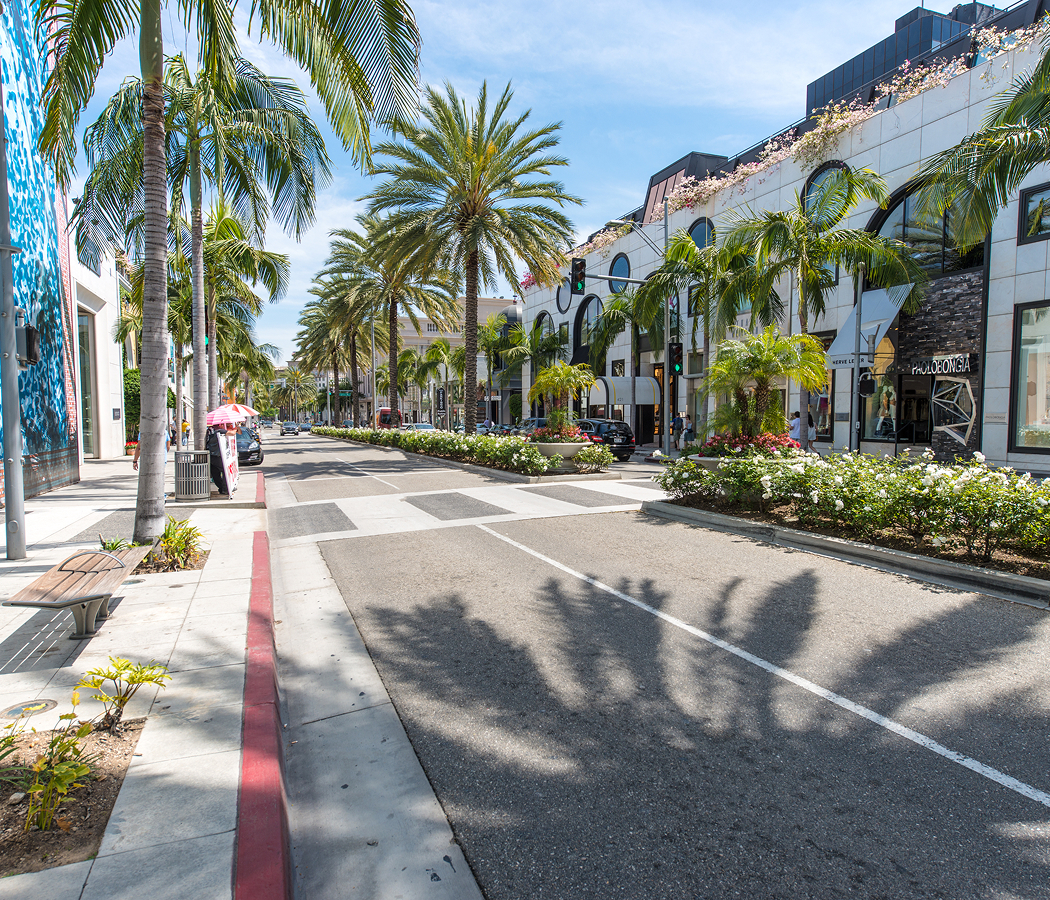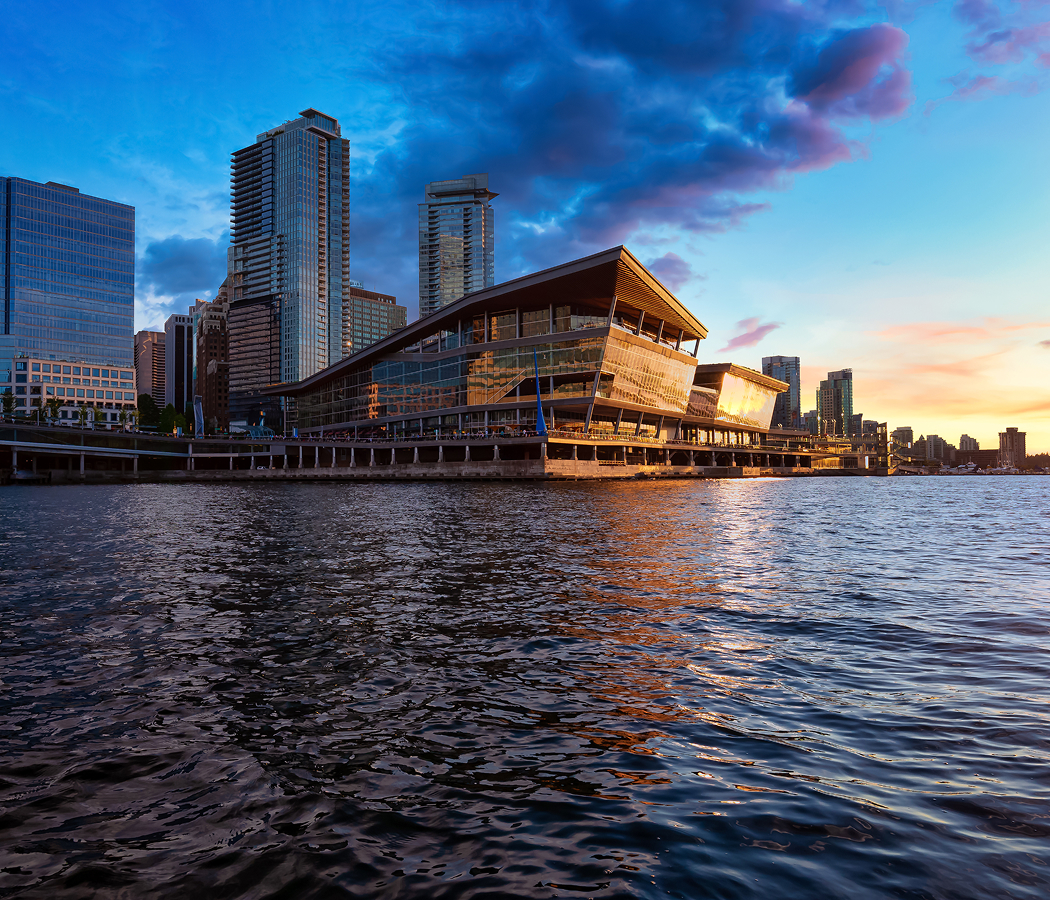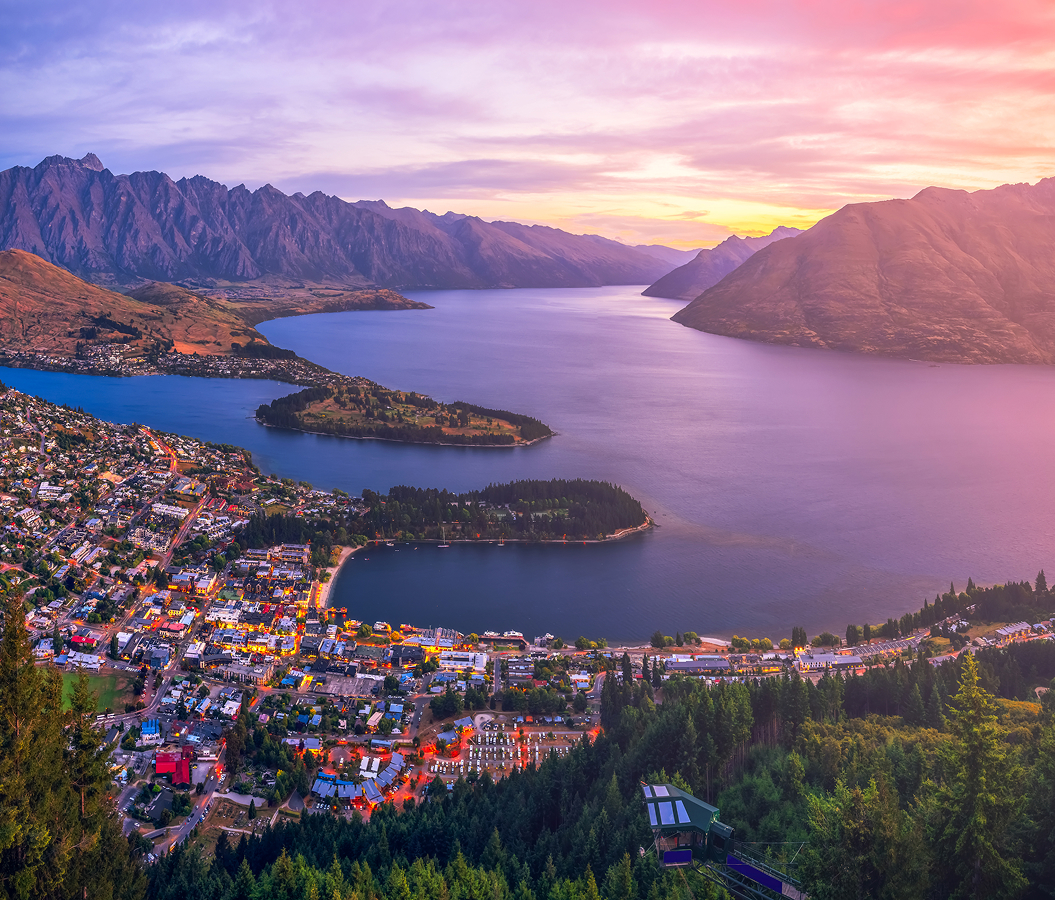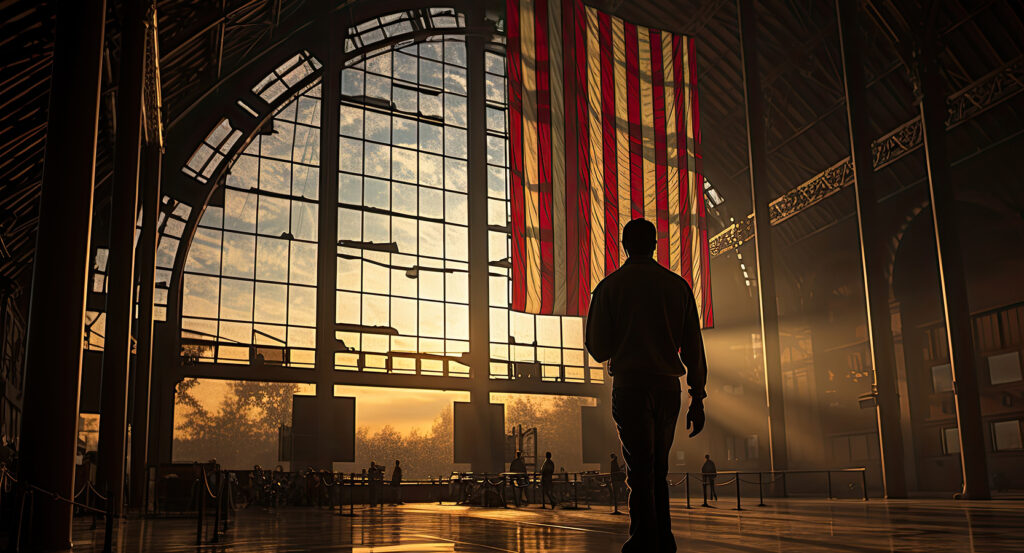
Why you should experience The National WWII Museum in New Orleans.
In the vibrant heart of New Orleans, Louisiana, The National WWII Museum stands as one of America’s most powerful tributes to courage, sacrifice, and the unbreakable human spirit.
This isn’t a typical history museum, it’s an immersive time machine that transports you into the defining struggle of the 20th century. From the moment you enter, you’re surrounded by the sights, sounds, and emotions of a world at war. Massive aircraft hang overhead, tanks and Higgins boats sit under dramatic lighting, and stories of ordinary men and women unfold with cinematic intensity. You don’t just read history here, you feel it. The museum’s campus spans multiple pavilions, each dedicated to a different dimension of the global conflict: from the vast Pacific and European theaters to the home front, where millions worked, rationed, and hoped for victory. The Campaigns of Courage exhibits plunge visitors into battlefields recreated in stunning detail, while the US Freedom Pavilion: The Boeing Center showcases legendary warplanes suspended mid-flight. But beyond machinery and strategy, it’s the human stories that linger, letters from soldiers, recordings of veterans, photographs of nurses and families waiting for loved ones to return. Every corner of this museum reminds you that World War II wasn’t just fought on distant fronts; it was lived, breath by breath, by millions of people united by purpose and sacrifice.
What you didn’t know about The National WWII Museum.
The story of The National WWII Museum begins not in Washington, D.C., but right here in New Orleans, thanks to a local connection to one of the war’s most decisive inventions, the Higgins boat.
These amphibious landing crafts, designed and built by New Orleans shipbuilder Andrew Higgins, made the D-Day invasion possible and earned praise from General Dwight D. Eisenhower himself. It was fitting, then, that historian Stephen Ambrose, author of Band of Brothers, chose this city as the museum’s home. Opened in 2000, it was originally called the National D-Day Museum before Congress designated it America’s official National WWII Museum in 2004. Since then, it has grown into a sprawling six-acre campus, featuring five major pavilions with more on the way. Each pavilion combines advanced technology with deeply personal storytelling, from the interactive Dog Tag Experience, which assigns visitors the identity of a real service member to follow through the exhibits, to the 4D cinematic journey Beyond All Boundaries, narrated by Tom Hanks and projected with motion, sound, and sensory effects that bring history roaring to life. Few realize that the museum also houses one of the world’s largest collections of oral histories, over 10,000 recorded interviews with veterans and witnesses, preserving voices that might otherwise be lost to time. Every exhibit is meticulously researched and emotionally charged, merging scholarship with empathy to make the past immediate and alive. The museum continues to expand, with recent additions like the Liberation Pavilion, exploring the war’s aftermath and the enduring quest for peace and democracy.
How to fold The National WWII Museum into your trip.
Visiting The National WWII Museum is a full-sensory experience, one best approached with both reverence and time.
Set aside at least half a day, ideally more, to explore its extensive galleries and multimedia exhibits. Start your journey in the Louisiana Memorial Pavilion, where you’ll gain a powerful introduction to America’s path to war and the innovative spirit that made victory possible. From there, move into the Campaigns of Courage, where Europe and the Pacific unfold in two immersive journeys filled with artifacts, personal stories, and interactive maps that make you feel the tension of each decision. Don’t miss Beyond All Boundaries, the museum’s signature 4D film experience, its blend of documentary storytelling and emotional realism leaves few with dry eyes. Pause for reflection at The American Sector Restaurant & Bar, which serves reimagined 1940s classics with a contemporary New Orleans flair, before heading into the US Freedom Pavilion to stand beneath the soaring wings of a restored B-17 bomber. End your visit at the Liberation Pavilion, where stories of survivors, homecoming soldiers, and global rebuilding remind you that victory was only the beginning of another struggle, the restoration of hope. Located in New Orleans’s Warehouse District, the museum is easily accessible from downtown and pairs beautifully with an afternoon stroll through the nearby Arts District or a relaxed evening in the French Quarter. When you leave, the hum of engines and the voices of history still echo in your mind, reminding you that freedom was never guaranteed, it was earned, and The National WWII Museum ensures we never forget the price.
Hear it from the Foresyte community.
Not gonna lie, I thought it’d be another history museum. Then I walked in and straight goosebumps… like standing in the middle of the stories your grandparents never fully told. Hits you sideways.
Where meaningful travel begins.
Start your journey with Foresyte, where the planning is part of the magic.
Discover the experiences that matter most.

